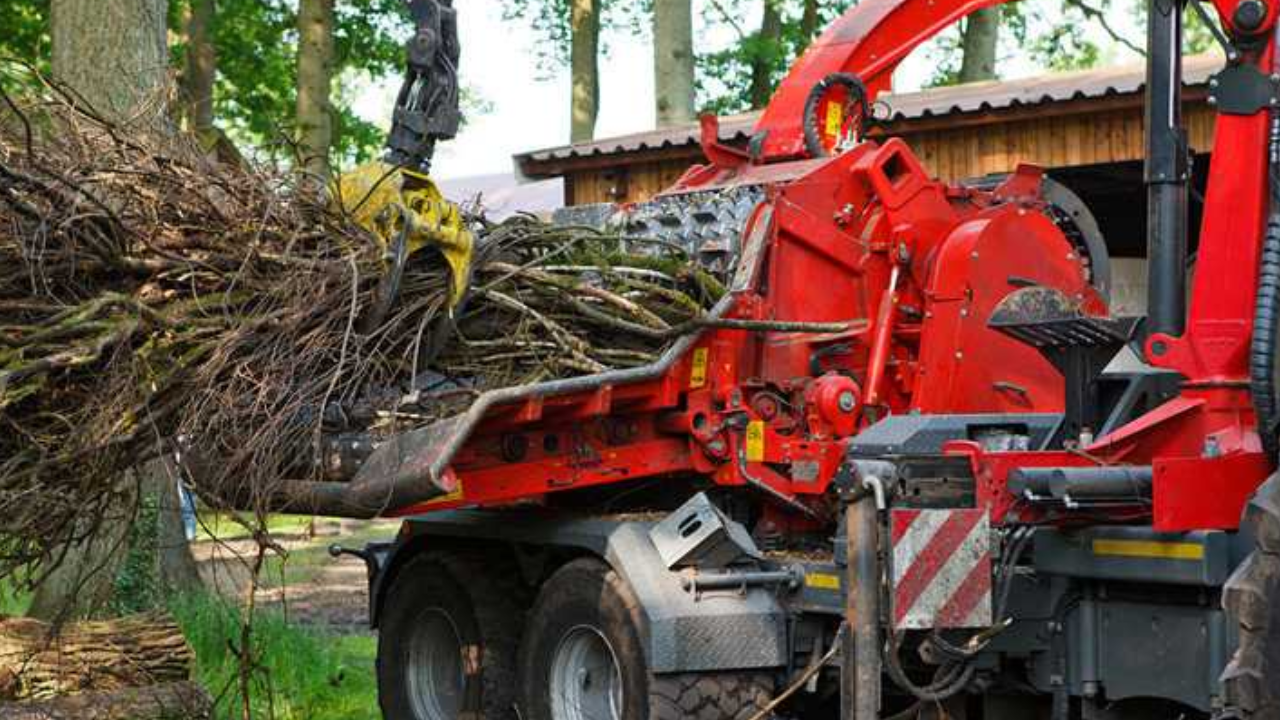Wood shredder blades are fundamental components of wood shredders, which might be machines designed to break down wood into smaller, possible portions for numerous programs consisting of mulching, composting, or gasoline manufacturing. These blades are usually made from fantastic substances like high-carbon metals, tool metal, or alloy metal, selected for their durability and ability to hold a sharp slicing facet even if subjected to the traumatic conditions of shredding difficult wood.
Blades come in numerous types, such as straight, serrated, and reversible, each with its own advantages for precise shredding tasks. Directly, blades provide easy cuts, serrated blades are adept at dealing with tougher materials with their aggressive reducing action, and reversible blades can be flipped to utilize both edges, extending their lifespan.
The upkeep of wood shredder blades is essential for the highest quality performance. Regular polishing with the use of a bench grinder or professional service helps to maintain wood shredder blades, even as a well-timed alternative to worn blades guarantees continued performance. Recent innovations in blade technology encompass self-polishing designs and specialized coatings like titanium nitride, improving sturdiness and overall performance.
Symptoms of Broken Wood Shredder Blades
Wood shredder blades are indispensable to the performance of wood shredders and are accountable for breaking down wood into conceivable portions. Over the years, these blades can suffer from wear and tear, appreciably impacting the performance and protection of the shredder. Recognizing the signs of a damaged wood shredder blade is crucial for maintaining top-quality functionality and stopping capability risks. This article will discover the diverse signs of blade damage, the reasons behind them, and the essential steps to deal with and prevent similar troubles.
Visible Nicks and Cracks
Visible nicks and cracks are clear indicators of damaged wood shredder blades. These imperfections frequently result from the blades striking hard objects, including rocks or steel pieces. Nicks lead to uneven cutting and elevated wear, while cracks can drastically weaken the blade, raising the danger of breakage in the course of operation. Normal inspection is crucial; use a magnifying glass if needed to spot smaller cracks that won't be immediately visible.
Blunt or Rounded Edges
Blunt or rounded edges on wooden shredder blades notably reduce slicing performance. Over the years, everyday use has dulled the sharp edges, making them less powerful at processing wood. This dullness results in larger, uneven wooden chips and places extra pressure on the shredder’s motor, potentially causing mechanical troubles. To test for blunt edges, cautiously run your fingertip along the blade. A stupid blade will feel easy or rounded rather than sharp.
Increased Resistance and Motor Strain
Increased resistance and motor stress are symptoms of damaged wood shredder blades. When blades are dull or misaligned, the shredder requires greater effort to technique wood, mainly due to pressure on the motor. Right away, addressing blade issues is essential to saving you and the shredder's components. Investigate the blades for dullness, nicks, or misalignment. Sharpen or update the blades as needed to repair the most useful shredder's overall performance and reduce stress on the motor.
Increased Vibration during Operation
Accelerated vibration in the course of operation often shows broken or unbalanced wood shredder blades. This will arise from uneven wear, mistaken installation, or blade deformation. Such vibration is no longer only a factor in blade troubles; it can also harm the shredder's inner components. If uncommon vibrations or noises are detected even as the shredder is going for walks, without delay, turn off the system and check out the blades and mounting hardware for alignment and harm problems.
Uneven or Poor Quality Output
Uneven or poor high-quality output from a wood shredder regularly alerts damaged blades. While blades are dull, nicked, or misaligned, they fail to cut wood effectively, resulting in abnormal, ragged, or larger-than-ordinary chips. This decline in shredding overall performance indicates the need for blade upkeep or substitute. Regularly inspecting the shredded cloth for consistency can help discover blade problems early, making sure the shredder operates at top performance and produces uniform consequences.
Conclusion
Maintaining wood shredder blades in the right condition is critical for the efficiency and sturdiness of your shredder. By frequently analyzing the blades for visible nicks, cracks, blunt edges, and signs of multiplied vibration or motor pressure, you can pick out damage early and take the vital steps to address it. Enforcing an ordinary maintenance period and understanding the reasons for blade harm will help prevent future issues, ensuring your shredder operates smoothly and appropriately.


